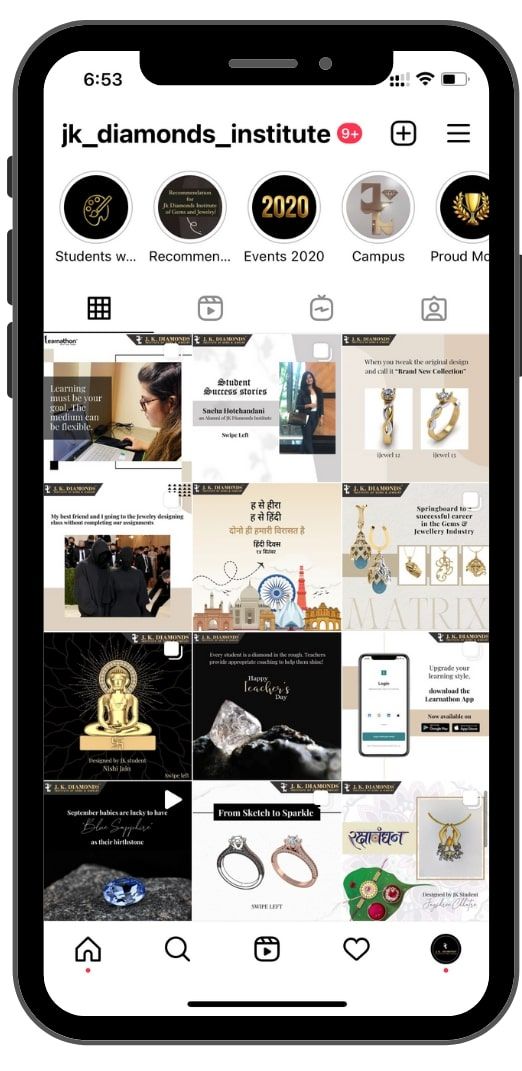Launch/Expand your jewelry business
using ecommerce
using ecommerce
Why should your jewelry business sell online?
The Indian online jewelry market is estimated at $850 Million in 2019 and is projected to grow to $3.7 Billion by 2025, at a CAGR of 28%.
Factors that contribute to the growth of the online jewelry business in India:
Blended /Omnichannel retail is the best way forward
The omnichannel model is the practice of reaching customers via multiple channels or touchpoints with the sole aim to offer them a seamless experience.
1. Research Ecommerce websites that sell online
2. Determine necessary functionality for your site:
3. Product Catalogue
4. Launch your eCommerce website
5. Integrate payments with your current business
6. Develop a system for integrating product inventory
Here’s how we can save some inventory cost effectively:
7. Figure
out shipping and fulfillment
8. Create processes for dealing with online sales and customer service
9. Marketing
a. Social Media

The social media space is a blessing for brands and businesses when used correctly.
Did you know that 95% of Millennials are most likely to follow a brand on social media? Better yet, 75% of consumers say social media plays a vital role in their buying process. Creating a social media following has the power to increase your product discovery, ultimately driving site traffic and conversion.
Deciding which social media platforms to use depends on the type of content that works for your brand. Consumers want to visualize a piece of jewelry, making Instagram and Facebook preferred platforms. Get creative by showing your products modeled in everyday life, including customer features and eye-catching imagery to match your brand feel.
When brainstorming your content strategy, think about what sets you apart from your competitors and find ways to highlight those benefits.
Finally, don’t forget to take advantage of features like Instagram Stories or Facebook Live to engage with your audience in real-time.
The alumni of JK Diamonds Institute have transformed into entrepreneurs, successfully selling jewelry on social media using the knowledge and skills imparted by experts at the Institute.
b. Paid advertising
c. Get email subscribers
d. Optimise your site for SEO and create a content marketing strategy
e. Integrate Whatsapp to your Ecommerce Store
f. Contribute to other sites

Strategically partner with other sites to increase brand
awareness, optimize SEO, and create more backlinks to your content. If your
business sells products on other retailers’ ecommerce websites, you may
consider contributing as a guest blogger on their sites to spread brand
awareness.
Other ways to contribute online include
offering accessory styling advice on a fashion and apparel online store or
blog, sharing jewelry industry trends on business or fashion magazine websites
like Forbes or Vogue, or featuring products in proposals and wedding stories.
